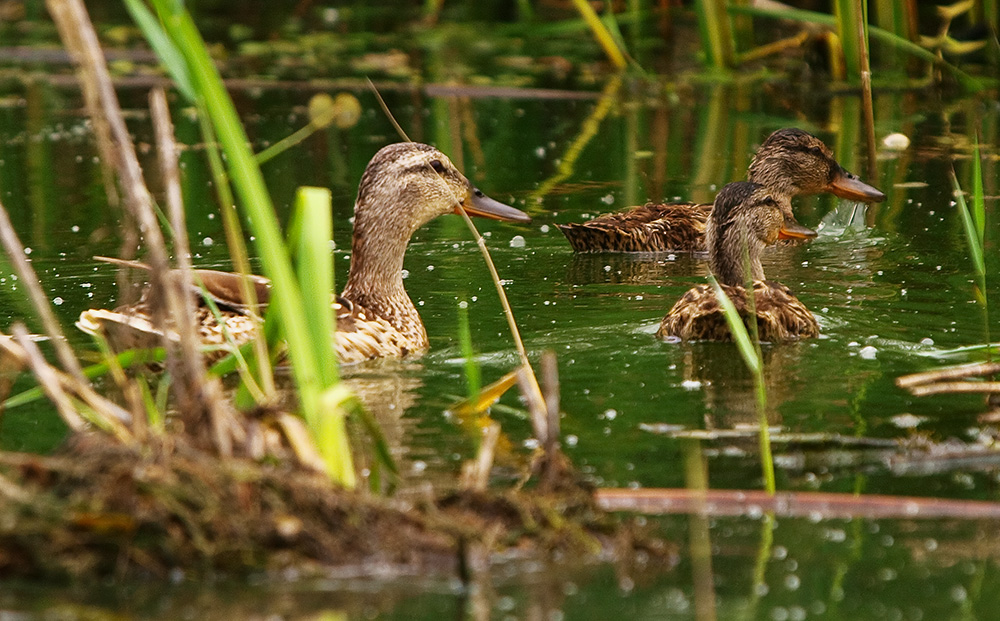
| Home | Login |
Search
Forum
Actions
New Document
New Folder
List Folders
List Documents
List Groups
List Users
Camera resources
Olympus 4000
Olympus 4040
Olympus 5050
Olympus 5060
Olympus 7070
Olympus 8080
Olympus E-M1 II
Olympus E-M5
Olympus E-P1
Olympus E-P2
Olympus E-PL1
Olympus E-PL3
Olympus E1
Olympus E3
Olympus E30
Olympus E300
Olympus E330
Olympus E400
Olympus E410
Olympus E420
Olympus E500
Olympus E510
Olympus E520
Olympus E620
m4/3 lenses
Camera FAQs
Terms of Service
Photo contest
Submissions page
Hall of fame
Folders
About this site
Documents
Polls
Private folders
Public folders
Categories
Abstract
Action/Motion
Animal
Architecture
Candid/Snapshot
Cities/Urban
Documentation
Fashion/Glamour
Historical
Landscape
Macro
Miscellaneous
Nature
Night/Low light
People
Polls
Sand and Sea
Sky
Tourist/Travel
Contact Us
Wild duck with ducklings (Mallard)

Copyright ©2011, Olav Agnar Frogner
Viewed times
The Mallard is the ancestor of almost all of the varieties of domestic ducks. Ducks belong to the subfamily Anatinae of the waterfowl family Anatidae. The wild Mallard and Muscovy duck (Cairina moschata) are believed to be the ancestors of all domestic ducks. The Mallard is widely distributed across the Northern Hemisphere, North America from southern and central Alaska to Mexico, the Hawaiian Islands, and across Eurasia, from Iceland and southern Greenland and parts of Morocco (North Africa) in the west, Scandinavia to the north, and to Siberia, Japan, and China in the east. It is strongly migratory in the northern parts of its breeding range, and winters farther south. For example, in North America it winters south to Mexico, but also regularly strays into Central America and the Caribbean between September and May. The Mallard inhabits a wide range of habitat and climates, from Arctic Tundra to subtropical regions. It is found in both fresh- and salt water wetlands, including parks, small ponds, rivers, lakes and estuaries, as well as shallow inlets and open sea within sight of the coastline. Water depths of less than 1 m (4 ft) are preferred, birds avoiding areas more than a few metres deep. They are attracted to bodies of water with aquatic vegetation.
| Photographer: | Olav Agnar Frogner |
|---|---|
| Folder: | Danube Delta |
| Uploaded: | 17-Oct-2011 13:54 CEST |
| Current Rating: | 9.00/1 View all ratings Delete my rating |
| Model release available: | |
| Camera: | Olympus E-3 |
| Exposure time: | 1/400 s |
| Aperture: | F5 |
| Focal length: | 208 mm |
| Lens: | Olympus ZD 50-200 swd + EC-14 |
| Focusing method: | Spot |
| ISO: | 400 |
| White balance: | Auto |
| Flash: | no |
| Image format: | SHQ |
| Processing applied: | |
| Various: | |
| Image resized to: | 621x1000 |
Perspective
Olav,
I like this perspective, it appears intimate to the scene; meaning it looks like you were in the water with the subjects.
Mark Stodter
Mark Stodter at 15:03 CEST on 17-Oct-2011 [Reply]
Thank you Mark.
We were not in the water, but our riverboat was nearly like an oversized canoe with an outboard engine, so I had a very easy way to get a low perspective without getting my feet wet…
Olav Agnar Frogner at 17:14 CEST on 17-Oct-2011 [Reply]